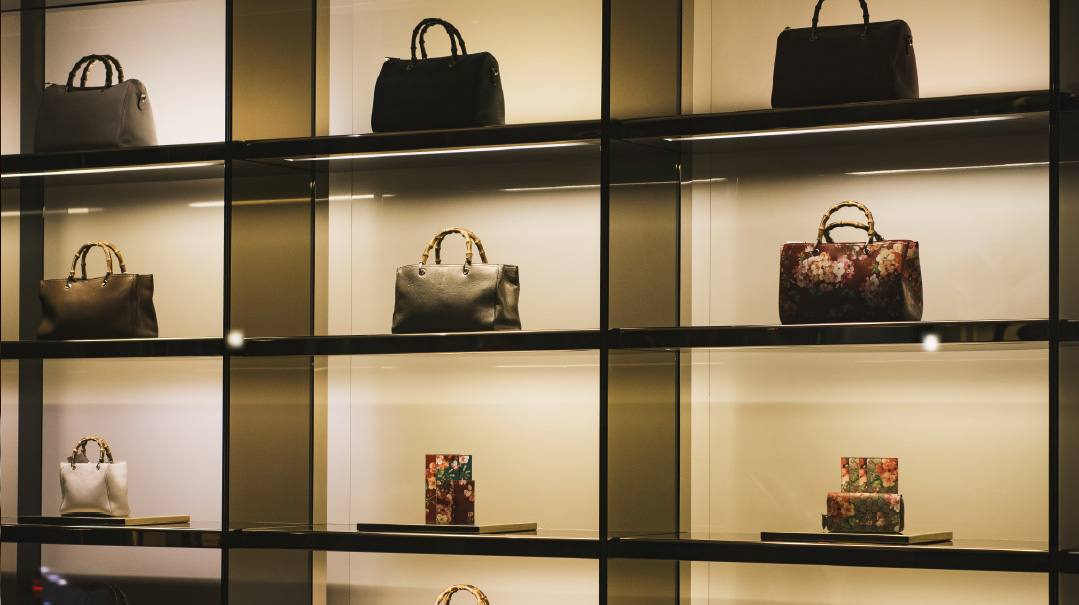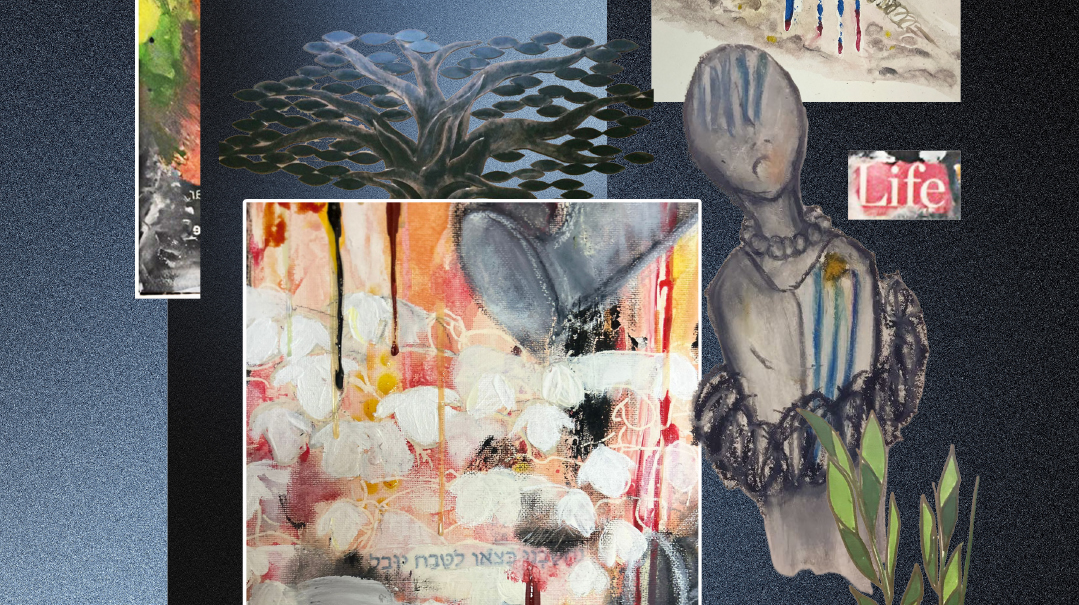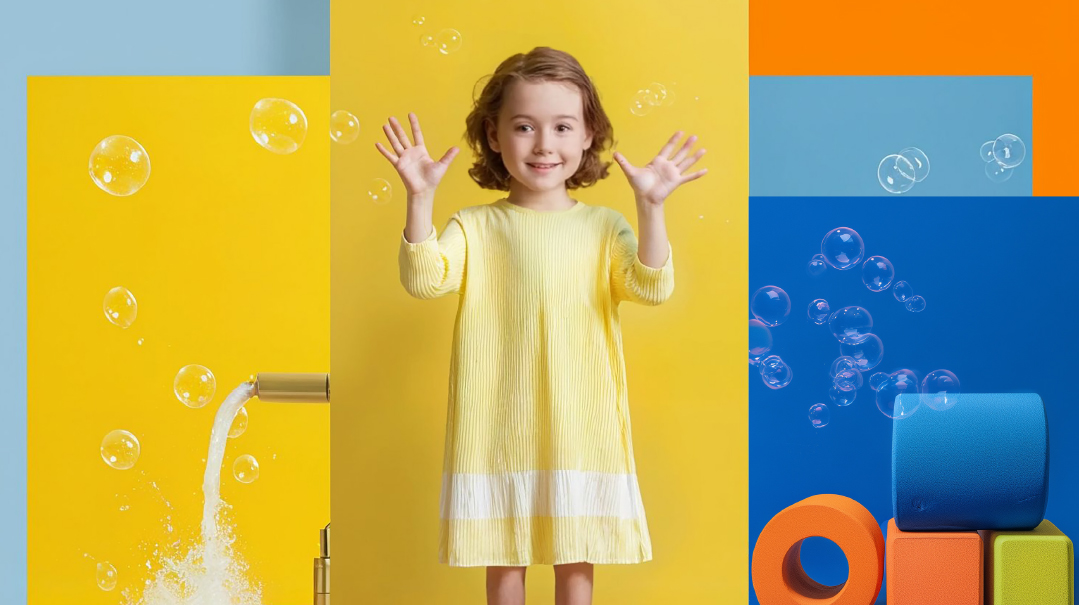Meet… Abi Katz
| March 12, 2024Abi Katz takes care of women’s gashmiyus as a clothing stylist and their ruchniyus as a popular Torah teacher

Growing up, my mom called me her “sunshine” child. I was super social, always on the phone, a walk-through-life-happy kind of kid. My home was not yeshivish, not modern, just frum. I’m the third of four siblings, and we all went to Emek, a community school in Los Angeles.
For high school, I went to Valley Torah High School. The student body at the school was more Modern Orthodox than the staff. As in, classes weren’t mixed, but it was normal for boys and girls to hang out. Halfway through high school, the socializing that was happening was out of my comfort zone. I felt like I had gained all I was going to gain in that setting, so I completed 11th and 12th grade in the same year, doing intense summer school and AP courses.
After graduating a year early, I went to Sharfman’s Seminary in Israel. During my time there, I had my first “aha” moment with Yiddishkeit, when I realized that I wanted Hashem in my life. One of my teachers was Rebbetzin Fruma Rochel Altusky, Rav Chaim Pinchas Scheinberg’s daughter, and I became very close with her. She made a tremendous impact on my life.
In my house growing up, we spoke about emunah, and that Hashem runs the world, but what I learned from Rebbetzin Altusky was next level. She showed me that Hashem isn’t just there for you in times of distress; Hashem’s everywhere all the time, in the smallest details and the biggest nisyonos, from the parking spot to the hospital room.
After my year and a half in Israel, I enrolled in Stern College in Manhattan. I majored in marketing because I’ve always been fascinated by the psychology of sales. One of my close friends was doing a joint program with the Fashion Institute of Technology, and had gotten an internship with a big designer. L.A. gets a bad rap for being so materialistic, but growing up in the Valley, I had never even heard of designer brands or Fashion Week until I got to New York City. I thought her FIT internship sounded cool and after asking her a million questions, I narrowed my major to fashion marketing.
Oops! We could not locate your form.







